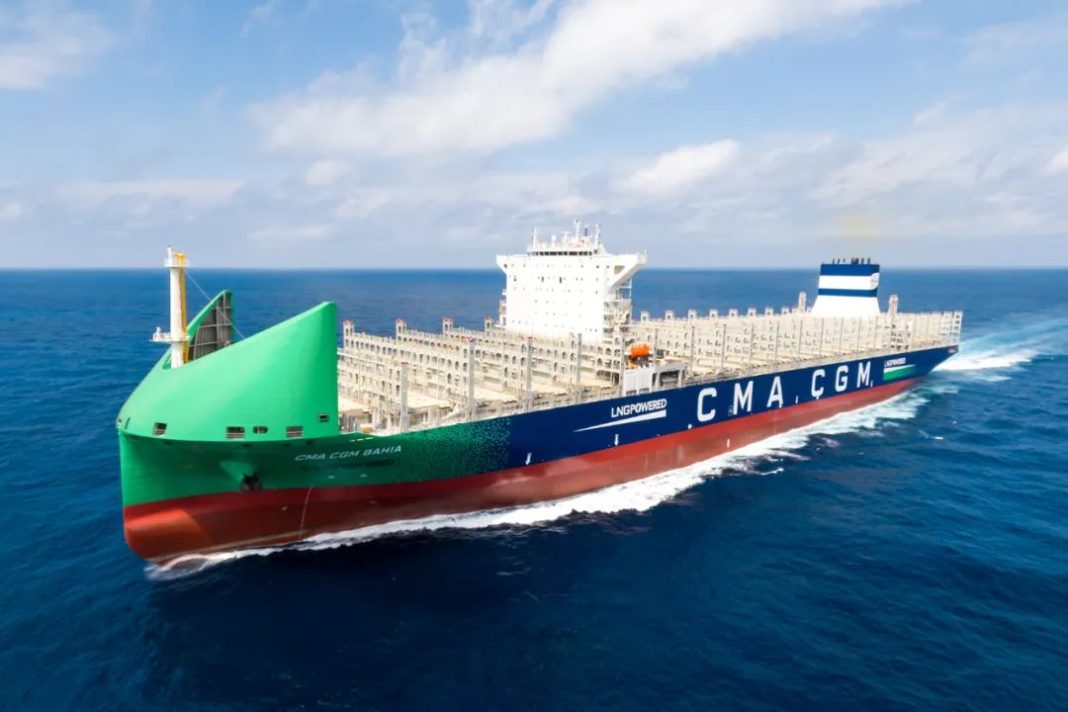Classification society DNV has added 18 LNG-powered ships to its Alternative Fuels Insight platform in December. In total, 130 LNG-powered vessels were ordered last year, down from 222 in 2022.
DNV said that a total of 298 ships with alternative fuel propulsion were ordered in 2023 – an 8 percent increase compared to the last year.
These include orders for 138 methanol-powered vessels, 130 LNG-powered vessels, and 11 ammonia-powered vessels.
DNV said that methanol proved the most popular alternative fuel choice in 2023. However, when looking at newbuilds alone LNG would be in the lead as a considerable proportion of methanol orders were for retrofits, it said.
Last year also saw LNG finally break the 1000 vessel barrier (excluding LNG carriers), showing the fuel’s continued importance in the maritime energy transition, DNV said.
In 2023, the containers segment was the most active (48) for LNG, followed by car carriers (40), and tankers (30).
“Investments in alternative-fueled vessels have been heavily driven by the container and car carrier newbuild boom over the last three years. It remains to be seen if this trend continues into 2024,” Martin Wold, principal consultant in DNV’s maritime advisory business, said.
469 LNG-powered ships in operation
The 18 orders for LNG-powered vessels in December compare to four in November and six in October.
DNV reported orders for eight LNG-powered ships in September, 21 vessels in August, and 14 vessels in July, while in June there were orders for 26 LNG-powered ships, the highest monthly number of vessels last year.
The January-May period of 2023 was slow for LNG-powered newbuild orders after a record 2022 with 222 orders.
DNV’s platform shows that there are now 469 LNG-powered ships in operation, while owners placed orders for 537 LNG-fueled vessels.
LNG-powered crude oil tankers lead the way with 74 in operation, followed by 71 containerships, 50 oil/chemical tankers, and 43 car and passenger ferries.
As per vessels on order, LNG-powered containerships account for a big part of the orders with 201 units. Shipping firms also ordered 151 car carriers, 48 oil and chemical tankers, 35 crude oil tankers, and 31 bulk carriers.
These statistics do not include smaller inland vessels or dual-fuel LNG carriers.
52 LNG bunkering vessels and 213 LPG-powered ships
Besides LNG-powered vessels, there are 52 LNG bunkering vessels in operation and 15 on order, the platform shows.
In addition to 1006 confirmed LNG-powered ships, the fleet powered by alternative fuels also includes 234 methanol-fueled vessels, 213 LPG-powered ships, and 30 hydrogen-fueled vessels, according to the platform.

